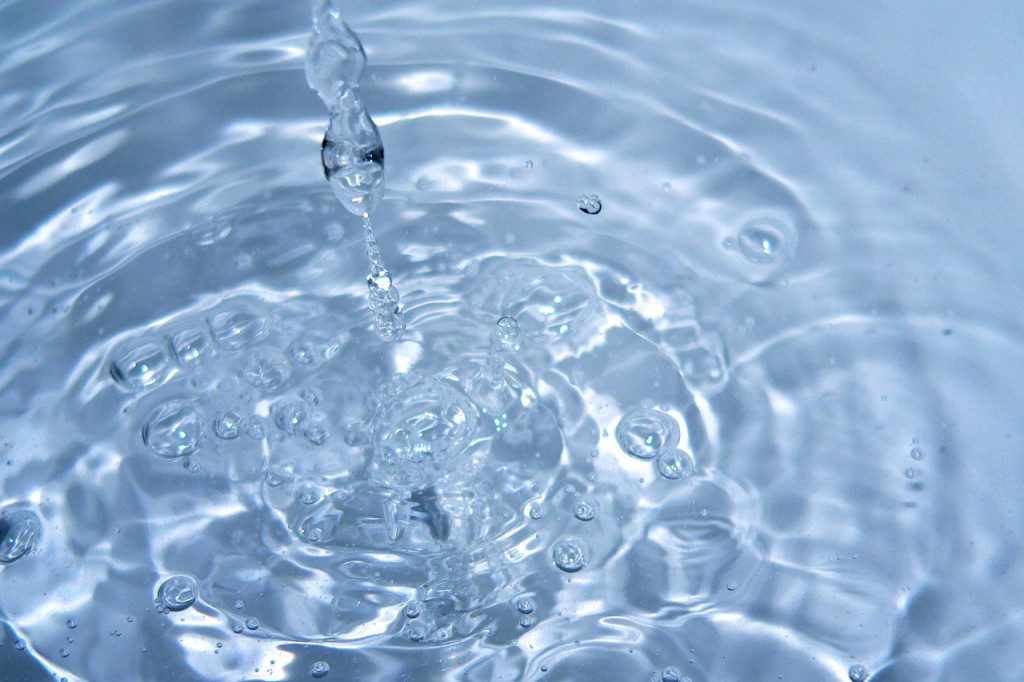From Lewis S. Blevins, Jr. MD –
Ever wondered why your sense of thirst and the control of your diabetes insipidus reflected by the degree of polyuria might seem disconnected? Well, it’s because they are! Let me try to explain how this complex system works.
Arginine vasopressin is produced in the supraoptic and paraventricular nuclei of the hypothalamus. It is then transmitted, with its neurophysin, to the posterior pituitary gland where it is stored in secretory granules in the ends of the neurons that abut capillaries. Frankly, it just sits there until triggered to release.
In the anterior hypothalamus there are also separate neurons called osmoreceptors. These receptors sense changes in plasma osmolarity and communicate such with the neurons that store arginine vasopressin. When the plasma osmolarity rises, for example, during dehydration or water loss, these neurons become “active” and stimulate the neurons that store arginine vasopressin causing them to not only produce more vasopressin but also to release that which had been stored. Vasopressin acts on the kidney to cause it to retain more of the filtered water from blood that flows through the nephrons to become urine. The resorbed water brings the osmolarity down and the osmoreceptors decrease their activity. This system is different for every individual. For example, some people will experience activity of their osmoreceptors at a lower plasma osmolarity then the others. Everyone has their own trigger point. Also, people release arginine vasopressin in different amounts based on a defined change in plasma osmolarity.
So, how does thirst fit into this system? Well. It turns out that there are distinct and separate thirst receptors in the anterior hypothalamus near the lamina terminalis. Thirst receptors works similarly to Osmo receptors but they are different in several respects. For example, thirst receptors respond to any change in plasma osmolarity, such as increased blood glucose, whereas osmoreceptors seem to, in my opinion, not be so sensitive to changes in blood glucose. Furthermore, the set point, or trigger point, of the thirst receptors is higher than that of the osmoreceptors. In other words, the osmoreceptors activate first so that you start releasing vasopressin and conserve water at the level of the kidney then the thirst receptors become active, and communicate with your consciousness said that you perceive that you are thirsty and motivate you to decide to ingest water, when you are significantly hyperosmolar and need to start drinking water because vasopressin is not going to be that able to do the job restoring osmolarity to normal on its own. Basically, the thirst receptors function to make you conscious of the need to add water to your body system. Again, they are coupled with pathways that lead to the consciousness of a sense of thirst and motor functions that lead to actions to ingest water. Also, while vasopressin release in response to osmolarity appears to be linear, thirst seems to be logarithmic rather than linear. In other words, the more hyperosmolar you become, the thirstier you become, but little changes can lead to a little thirst at first and then even the same little further increase in osmolarity at a higher level leads to a greater sense of thirst.
Overall, the ability to sense and respond to thirst is a good thing. If you have diabetes insipidus and you’re really thirsty, that means you are probably really behind in your water intake or perhaps you didn’t respond to a dose of DDAVP. You must keep in mind, however, that sometimes thirst is mis-perceived because one has a dry mouth from mouth breathing, changes in autonomic nervous system activity that lead to changes in saliva, certain medications, etc. While we tell people to “drink to thirst” sometimes that can lead to too much water intake and hyponatremia.
One of the worst things that can happen to a patient with diabetes insipidus is to have their access to water restricted. This can occur due to a number of circumstances, some of them imponderable, and many of them out of your control. Always keep water with you. Always know where water is located. If you are unconscious, and thus unable to drink water, your healthcare team will need to provide you with proper amounts of IV fluids or water through a feeding tube. If you are restrained, they will need to know that you must be given water when necessary. You and your next of kin will probably know more about diabetes insipidus than most healthcare providers. Be willing to educate the healthcare team. Obtain and wear a medic alert bracelet.
One last very interesting and unusual disorder for consideration is that of adipsic hypernatremia. This is, basically, failure of the thirst receptors. It may be accompanied by mild to moderate or severe diabetes insipidus. Affected patients simply do not sense thirst. They tend to live in a state of dehydration and, if they also have diabetes insipidus and miss their dDAVP medication or doesn’t work, they can become profoundly dehydrated then die as a result. The highest serum sodium level I have seen as a result of this disorder is 192. To put things in perspective, normal serum sodium is between 135 and 145. In most persons, thirst starts to increase it around a sodium of 142. The patient did not survive. Causes of adupsic hypernatremia include a ruptured aneurysm of the anterior communicating artery, surgery in the region of the anterior hypothalamus, tumors such as craniopharyngioma, head trauma, etc. Patients with this disorder require a water prescription where the intake of water is essentially prescribed, delivery and ingestion of water is assured by a second party, and the diabetes insipidus, if present, is treated meticulously.
Thirsty? Be thankful…..then try to figure out why for it is your brain communicating something important to you.
© 2015, Pituitary World News. All rights reserved.
